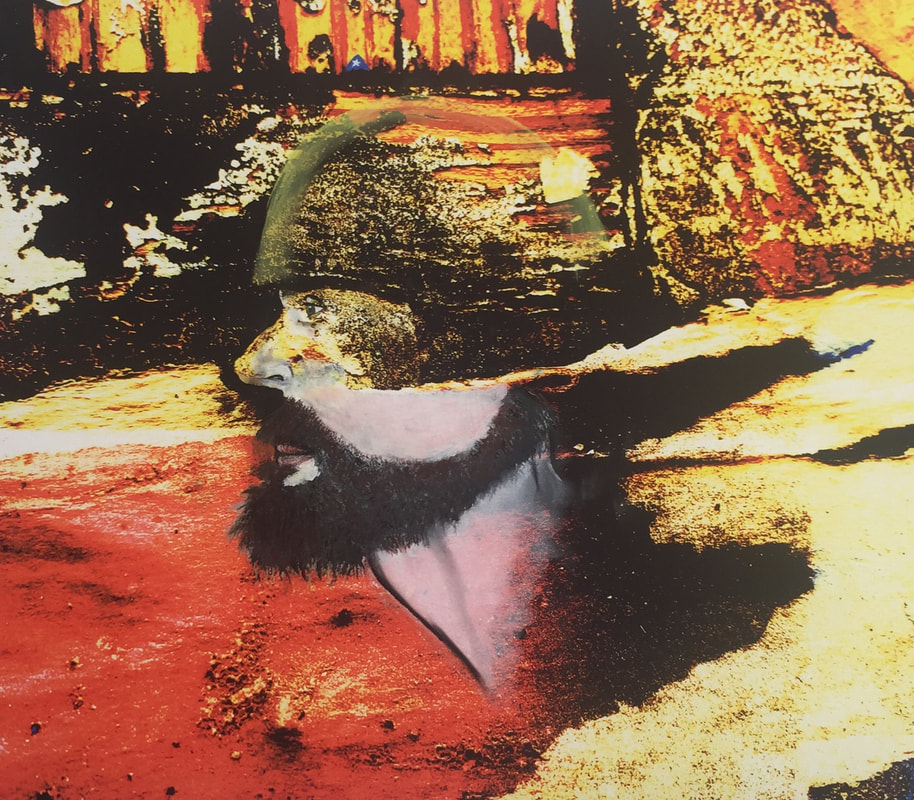|
Art in wartime is a fascinating topic that has many aspects and perspectives. Art often reflects the unique challenges, emotions, and experiences that arise in special circumstances. Wartime art can encompass a wide range of forms, from visual arts like painting and sculpture to literature, music, film, and more. Here are some key points about art in war time:
0 Comments
Leave a Reply. |
Details
about bloomWe are a European/Lebanese run art space in Valencia, Spain. Archives
July 2024
COPYRIGHT NOTICE© Bloom Gallery. Unauthorized use and/or duplication of this material without express and written permission from this site’s author and/or owner is strictly prohibited. Small excerpts and links may be used, provided that full and clear credit is given to Bloom Gallery with appropriate and specific direction to the original content.
|
